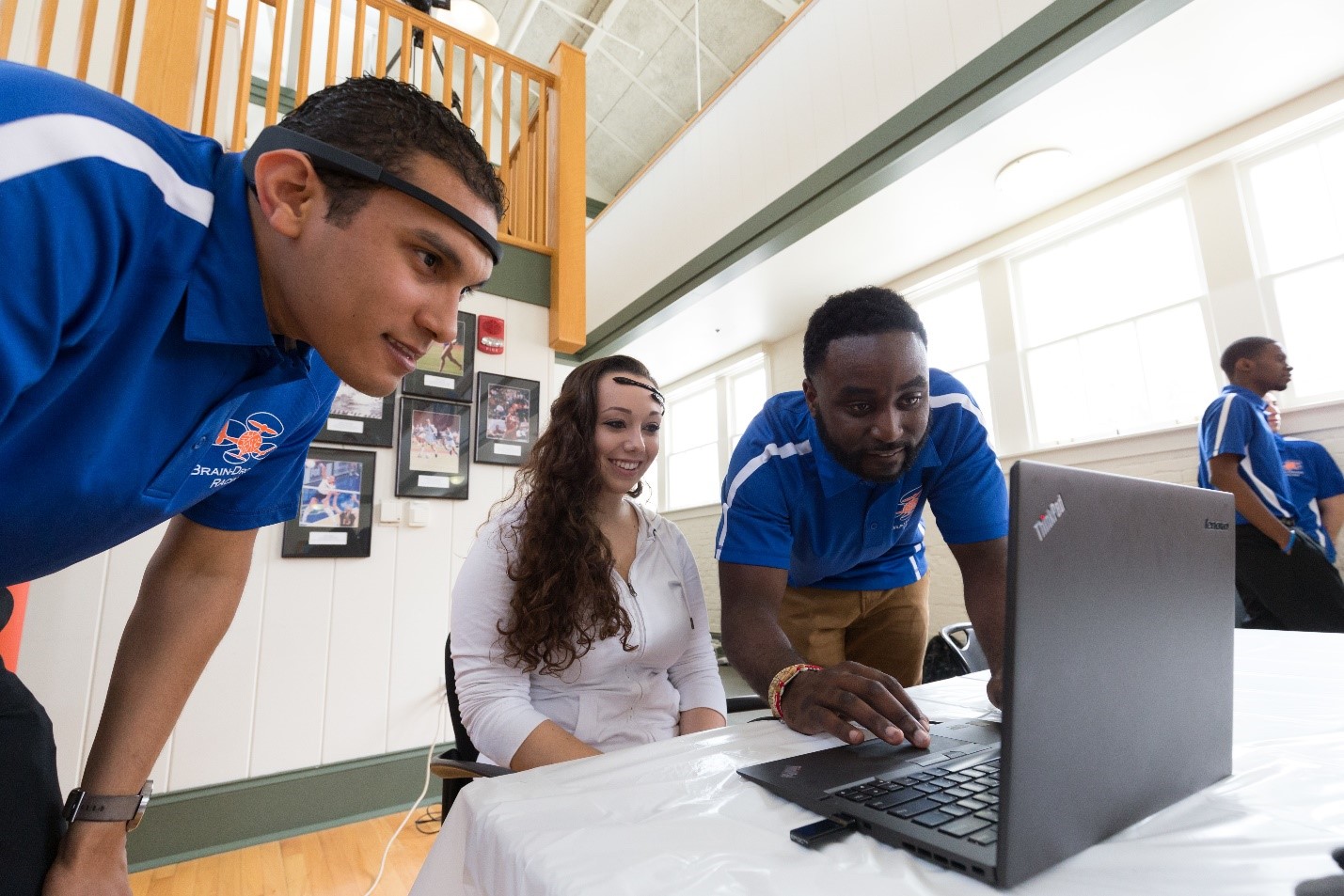 Center for Instructional Technology and Training
Center for Instructional Technology and Training

There are many activities and assessment in which students may benefit from collaboratively. For example, students may be asked to work in small groups to complete active learning activities during class, may be assigned groups for semester-length projects, or may be assigned to groups for synchronous or asynchronous discussions. In Canvas, instructors can create groups for students to work together or can allow students to create their own groups. Students can also be grouped using breakout rooms using Zoom.
Group activities are a powerful instructional strategy that encourages deep engagement with content through active and social learning. Successful group assignments and activities allow students to exercise collaborative skills to create something together that individually they would not or could not.
The benefit of group activities for an instructor is the instructor can now assign the complex and authentic assessments they would not assign to individual students. Group activities can also benefit the instructor because they can encourage participation from quiet students and get greater use out of limited resources and topics. In large enrollment courses, group activities can decrease the grading load with one submission per group instead of one per student.
Students benefit from group actives through their development of collaborative skills. They can learn to tackle complex problems in a group setting and take academic risks in a safe environment. Group activities tend to promote synthesis and higher-order thinking skills.
Paulette McFadden, ANT2140: Introduction to World Archaeology, Enrollment: 100+
Students work within their groups to collect, analyze, and interpret artifacts from a student-created Detinu civilization. After the initial collection of the artifacts, students will return to the digital assemblage several times over the course of the semester as they learn more about archaeological methods to enhance their understanding of this civilization. They will work within discussion groups each week to create an artifact assemblage of everyday objects and post their images on the discussion board and VoiceThread so that the group members can quickly reference the group's collection.
Student grades depend on their contribution to the project. They are expected to post at least two photos and answer all questions clearly and thoroughly. They are required to respond to their peer's post, demonstrate analysis of the post, and extend meaningful discussion by building on or challenging part of that post. All group members must contribute to analyzing and interpreting the artifact assemblage by interacting with other students and offering suggestions or comments. In this high enrollment course, rubrics and the support of TAs are utilized to manage the grading load. Rubrics are the main source of feedback on each discussion post.